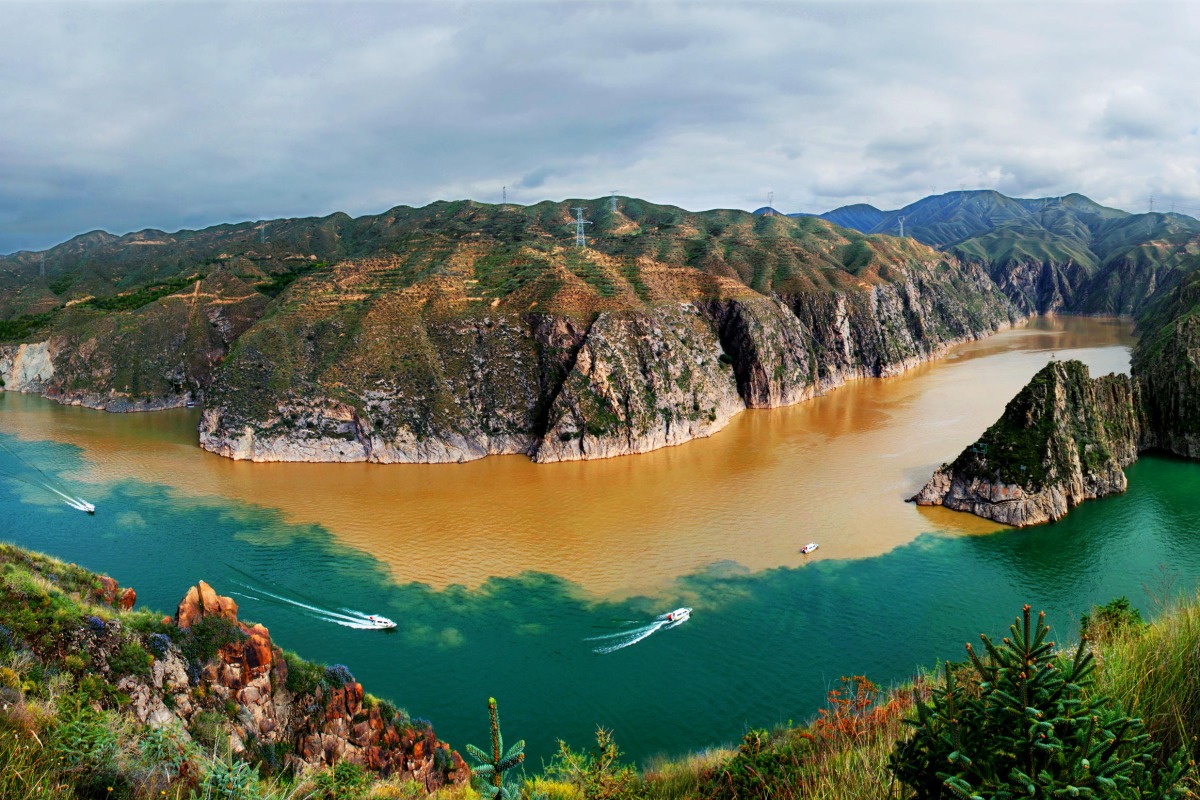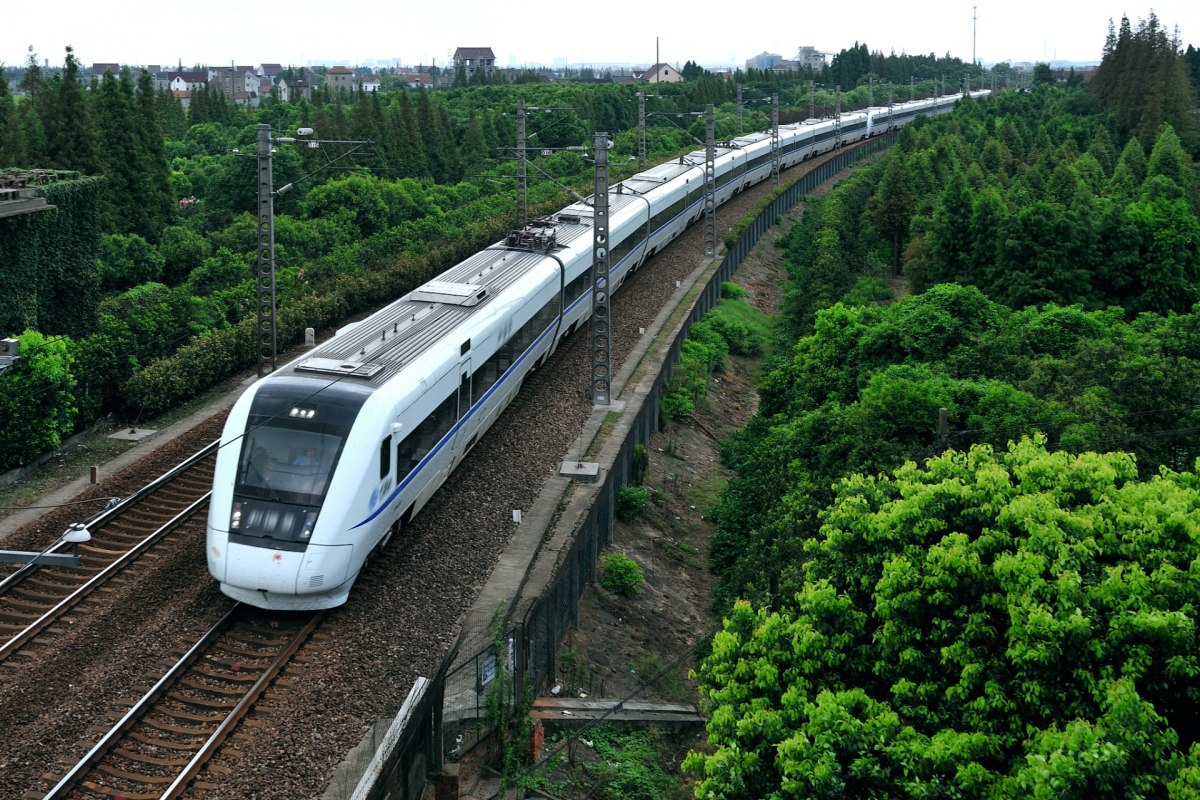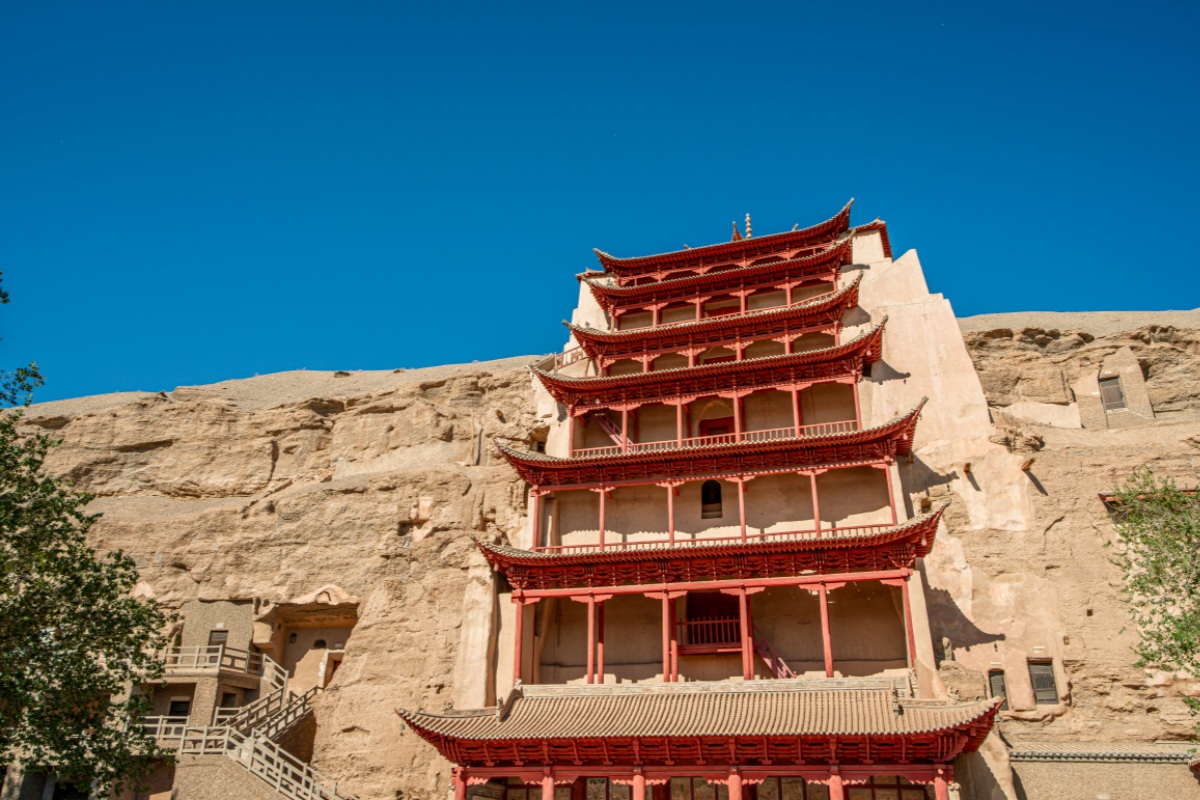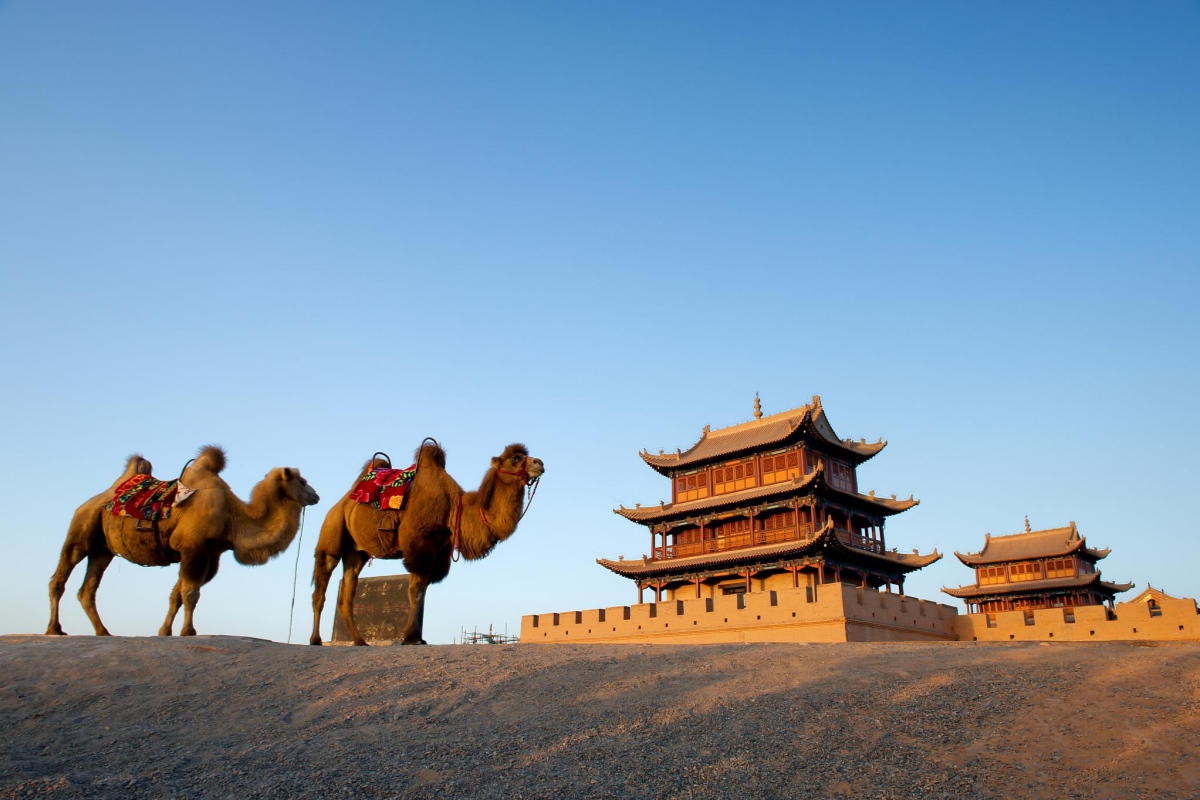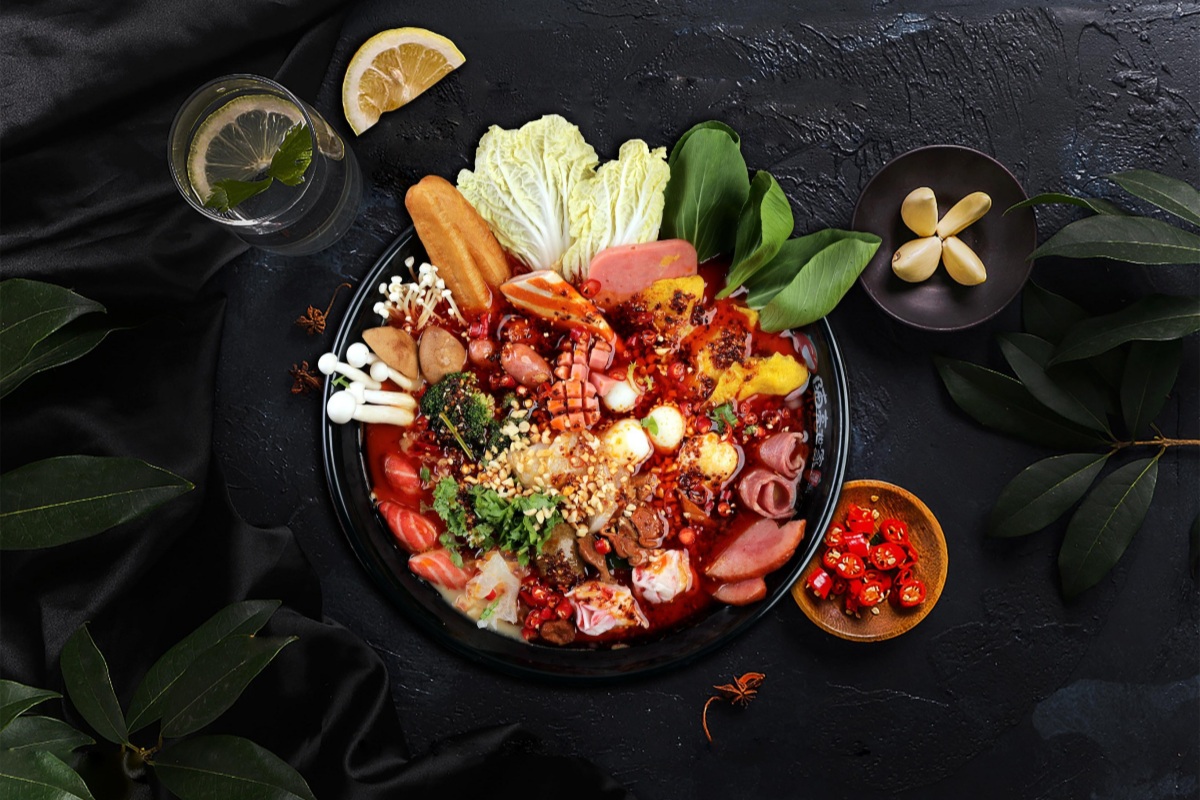Table of Contents
ToggleThis article helps you find the best time to visit Gansu and give you a clear picture of the local weather. If you’re dreaming of Gansu natural attractions: desert landscapes, colorful mountains, or ancient Silk Road cities, knowing what to expect from the weather can make your journey smoother and more enjoyable.
Best Time to Visit Gansu: April to October
The best time to visit Gansu is from April to October, especially between May and September when the weather is warmer and most tourist sites are fully open.
During these months, Gansu enjoys:
- Mild and comfortable temperatures
- Clear skies and dry weather
- Stunning natural colors—perfect for photography
- Ideal conditions for exploring mountains, deserts, and ancient Silk Road towns
Recommended Months:
- Late May to early June – Fresh green landscapes, fewer tourists.
- September to mid-October – Golden fields, colorful Danxia landforms, clear skies.
What’s the Weather Like in Gansu?
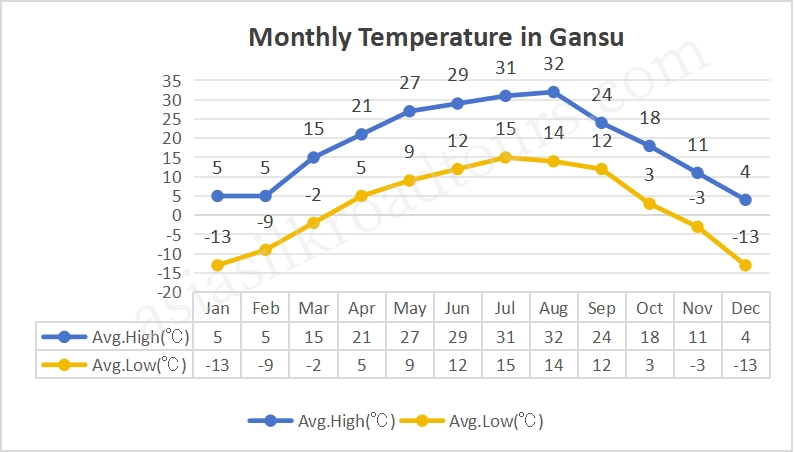
March to May (Spring): Awakening Landscapes
Gansu Weather Overview in Spring
Spring marks a transition from the harsh winter. Temperatures steadily rise, ranging from 5°C to 20°C (41°F to 68°F) on average across the province, though nights remain cool. Precipitation is generally low, and sunshine increases. March can still be quite chilly, especially early on, while May offers consistently pleasant conditions.
Gansu Attractions and Activities in Spring
This is an excellent time for exploring Silk Road sites like the Mogao Caves and Jiayuguan Pass before the summer heat arrives. In Zhangye, the Danxia landforms are vibrant under the spring sun. It’s a great season for photography and enjoying nature’s revival with fewer tourists than in peak summer.
Gansu Travel Tips in Spring
Pack layers, including a warm jacket for evenings and early mornings. Be prepared for occasional windy days. The pleasant weather makes it suitable for moderate hiking and city exploration.
June to August (Summer): Green Grasslands and Warm Days
Gansu Weather Overview in Summer
Summer brings the warmest temperatures, typically ranging from 15°C to 30°C (64°F to 82°F) in many areas, though desert locations like Dunhuang can get hotter. This season also sees the majority of Gansu’s annual rainfall, often occurring as afternoon showers or thunderstorms. Humidity increases slightly, especially in the south.
Gansu Attractions and Activities in Summer
Summer is the prime time to plan a tour to Gannan Tibetan Autonomous Prefecture. The grasslands (like Sangke) are at their most lush and green, dotted with wildflowers and grazing yaks. Labrang Monastery is vibrant with activity. While desert areas can be hot, early morning or late evening visits to sites like Crescent Lake are still possible. This is peak tourist season, so expect more crowds and higher prices for accommodation and tours.
Gansu Travel Tips in Summer
Pack light clothing, but include rain gear and layers for cooler evenings or higher altitudes. Sunscreen, sunglasses, and hats are crucial. Book accommodations and transportation well in advance. Stay hydrated, especially in arid regions.
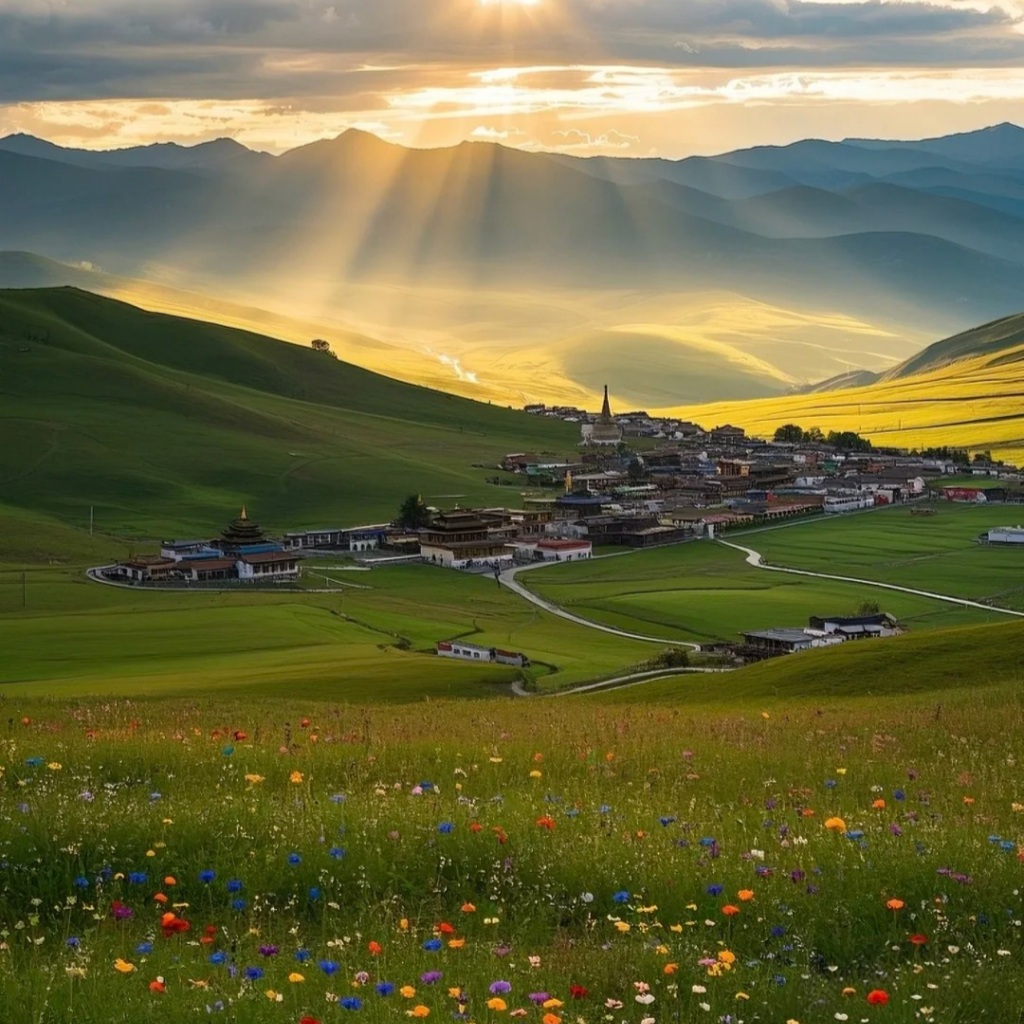
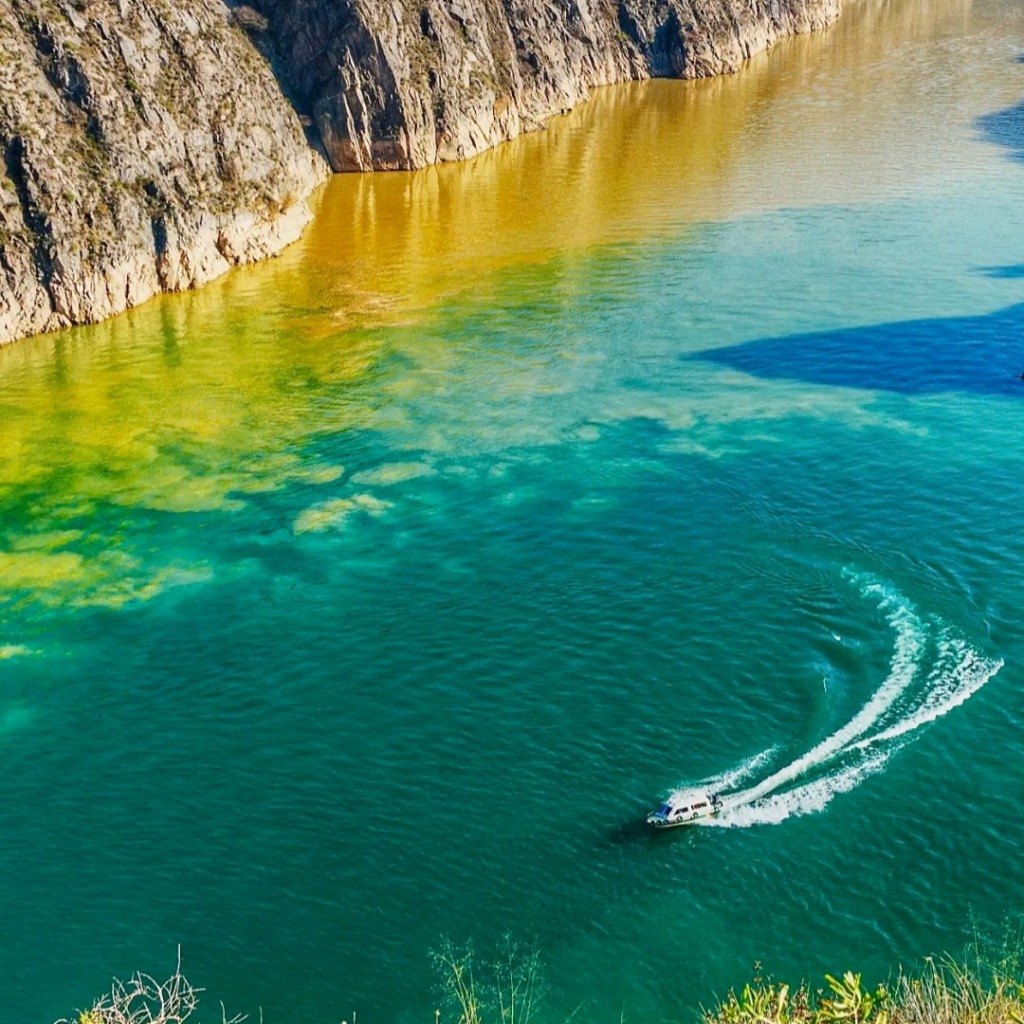
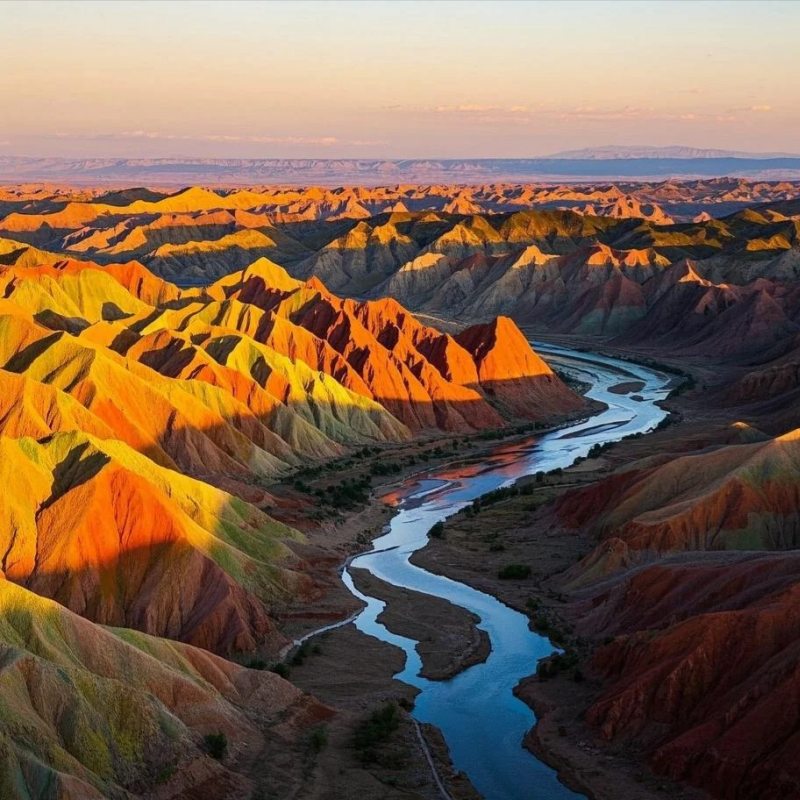
7 Days Gansu Tour – Binglingsi Grottoes, Danxia Landform, Mogao Grottoes
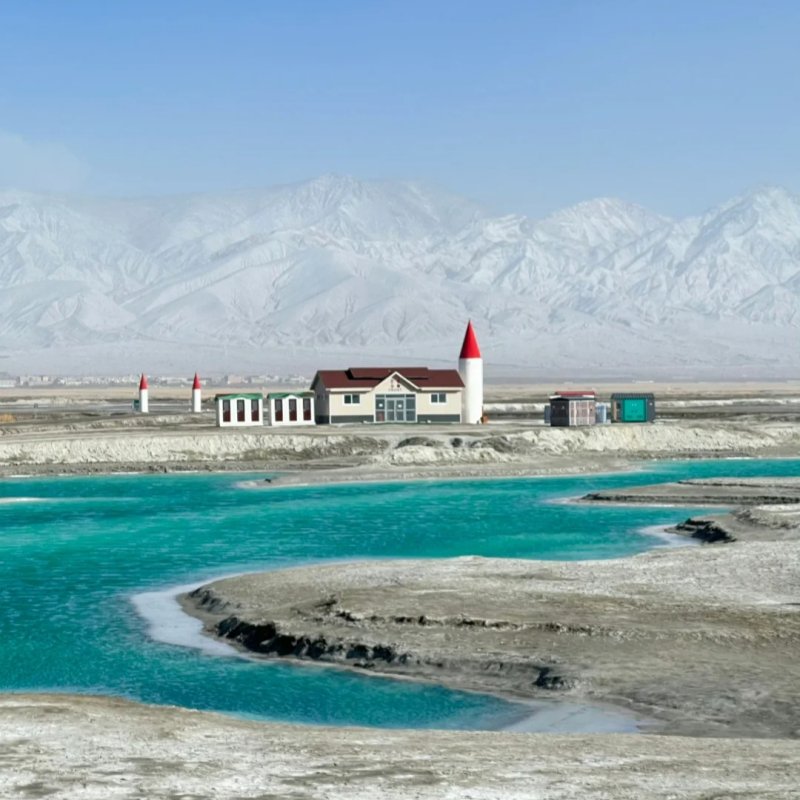
8 Days Gansu Qinghai Tour | Rainbow Mountains, Crescent Lake, Qinghai Lake
Autumn (September – November): Golden Hues and Clear Skies
Gansu Weather Overview in Autumn
Often cited as the most beautiful season, autumn brings comfortable temperatures ranging from 10°C to 20°C (50°F to 68°F) in September and October, cooling down significantly in November. Skies are typically clear and blue, with low humidity and minimal rainfall, providing excellent visibility.
Gansu Attractions and Activities in Autumn
This is arguably the best time for a comprehensive Silk Road journey. The weather is perfect for exploring Dunhuang’s Mogao Caves and desert landscapes, Jiayuguan Pass, and the vibrant colors of Zhangye Danxia. Mountainous regions display stunning golden autumn foliage. Photography conditions are ideal. Crowds thin out after China’s National Day holiday in early October.
Gansu Travel Tips in Autumn
Pack layers, including sweaters and a jacket, especially for November. The dry air persists, so lip balm and moisturizer are useful. Enjoy the comfortable conditions for longer outdoor excursions.
Winter (December – February): Cold, Quiet, and Crisp
Gansu Weather Overview in Winter
Winter in Gansu is long, cold, and dry. Average temperatures often drop below freezing, ranging from -10°C to 3°C (14°F to 37°F), with January being the coldest month. Snowfall is possible, especially in mountainous areas and the Gannan region, but generally precipitation is very low. Strong winds can add to the chill factor.
Gansu Attractions and Activities in Winter
While challenging, winter offers a unique perspective. Tourist sites like the Mogao Grottoes remain open and are virtually crowd-free, allowing for a more intimate experience. Lanzhou’s museums provide indoor cultural exploration. Some find a stark beauty in the snow-dusted landscapes. It’s the low season, meaning significantly lower prices for travel and accommodation.
Gansu Travel Tips in Winter
Pack serious winter gear: thermal underwear, down jackets, hats, gloves, scarves, and warm boots. Be prepared for potential travel disruptions due to weather. Focus on indoor attractions or short outdoor excursions during the warmer midday hours. Stay hydrated despite the cold, as the air is very dry.
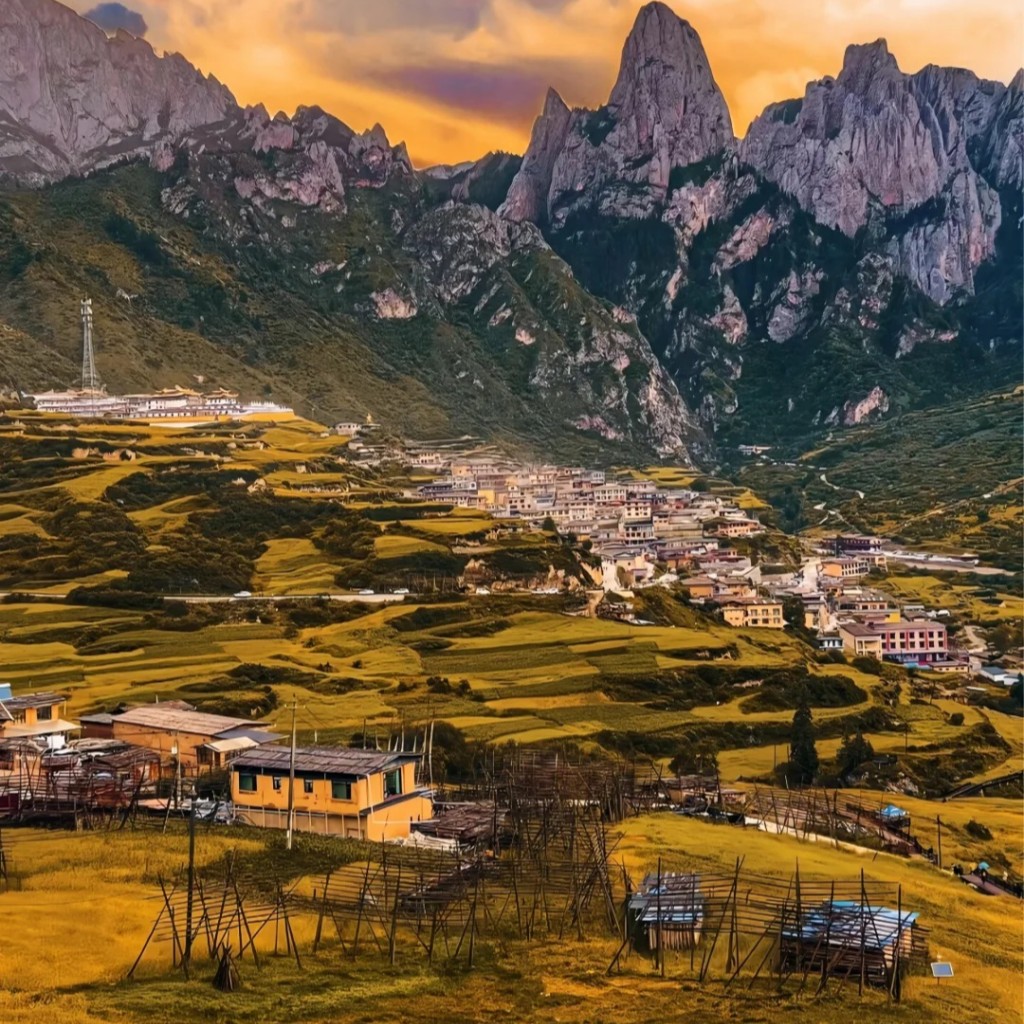
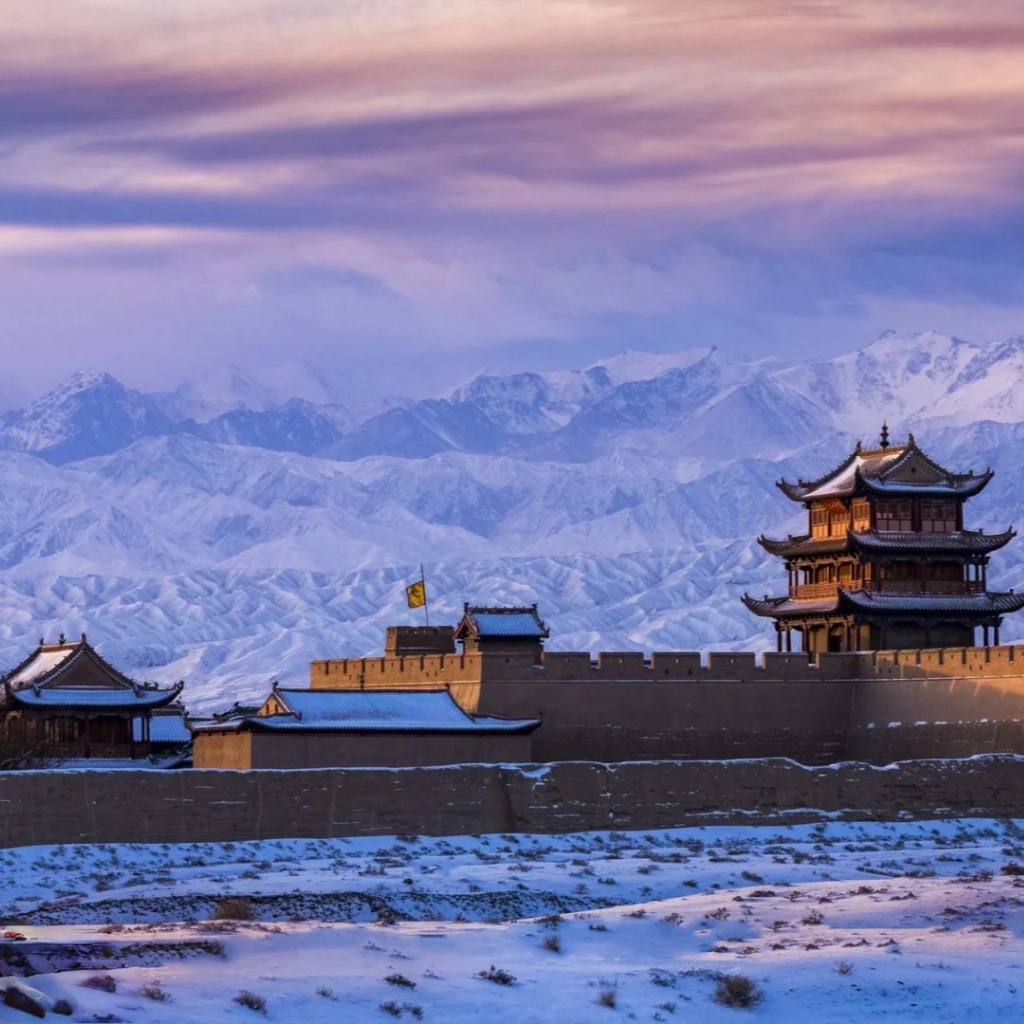
When to Avoid Crowds in Gansu?
If you prefer a quieter and more relaxed travel experience, avoid visiting during Chinese national holidays, when popular attractions can become very crowded. During these periods, transportation (trains, flights) and hotels may also be more expensive and harder to book.
Holiday | Date Range | Notes |
Labor Day Holiday | May 1–5 | Very crowded at tourist sites |
National Day Holiday | October 1–7 | Peak travel time in China |

